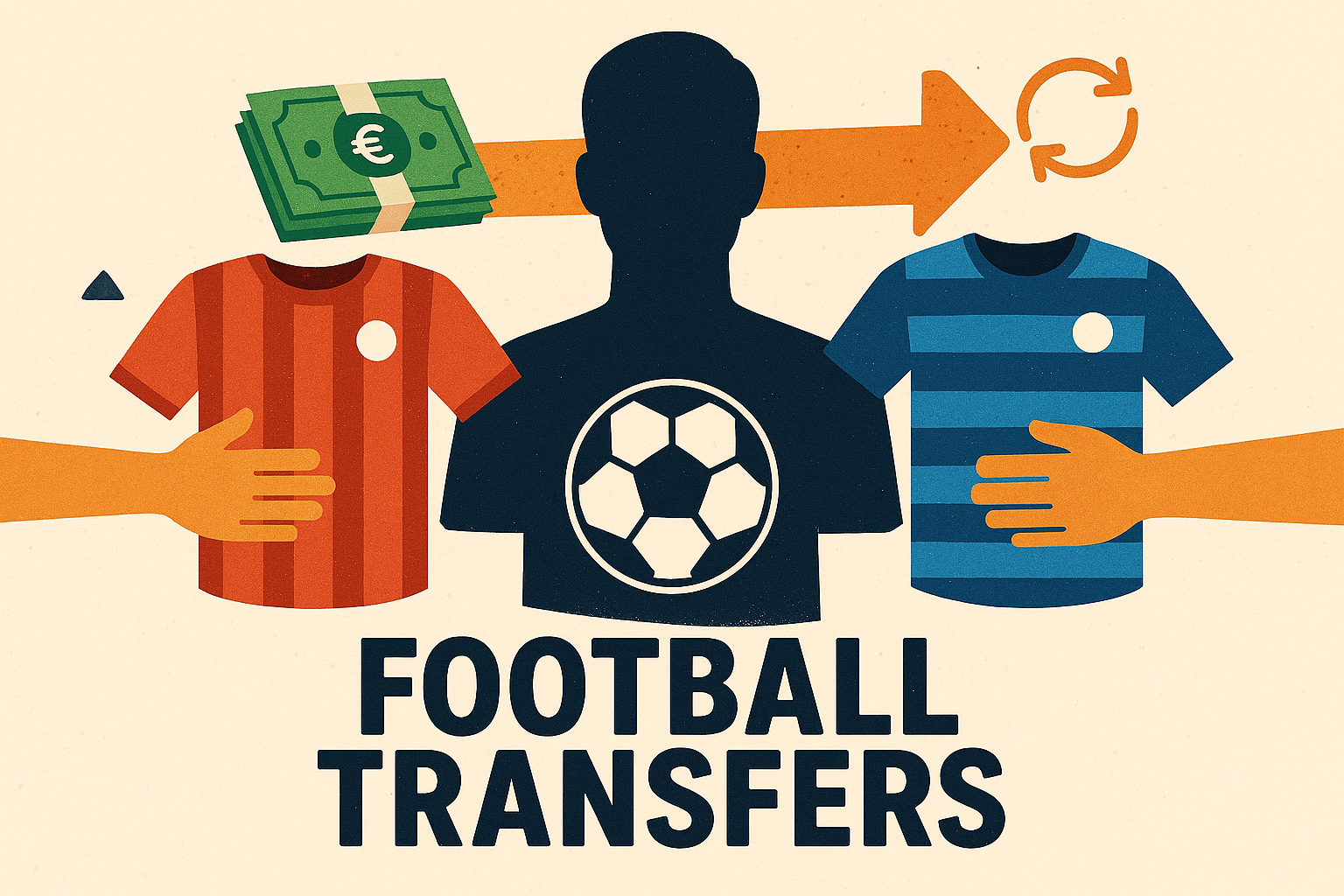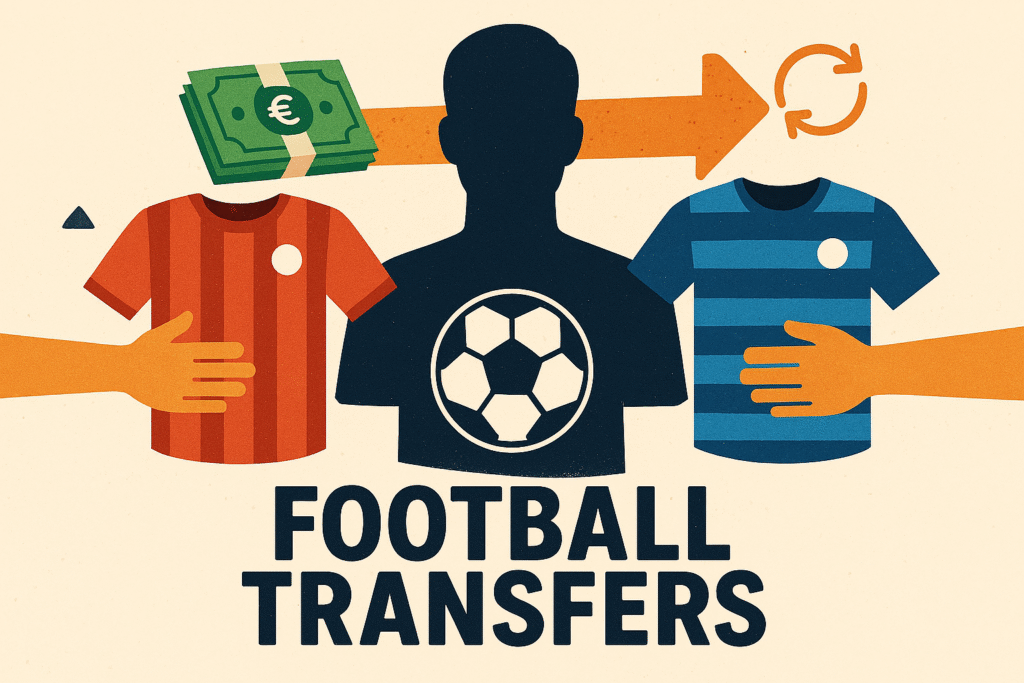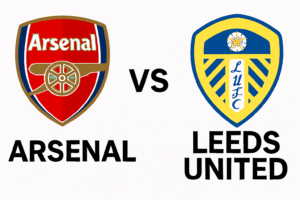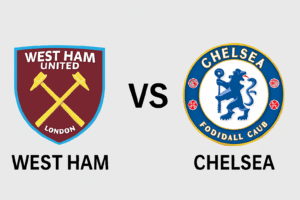
While nothing in football can create the buzz, speculation, and excitement surrounding a Transfer, whether it’s a record Transfer or a last-minute loan, the Transfer process is a defining aspect of how football clubs create, adapt, and influence their squads. From large amounts of money for mega Transfers to trial stints with no fee, the relationship between football clubs, players, and the Transfer process encompasses many types of Transfers, and they all have their rules, procedures, tactics, and objectives.

Permanent Transfer: The Core of Every Transfer Strategy
Permanent Transfer is the most well known and most common method of transferring a player into professional football. This is a definitive change of club.
What is a Permanent Transfer?
- A player’s registration with a Club is permanently transferred to another Club.
- The buying Club pays a Transfer fee to the selling Club.
- The player signs a contract with the receiving Club.
Why is it important?
- The player is no longer registered with their previous Club.
- It often involves some large numbers, especially for some of the highest-selling players.
- It only happens during a Transfer window (i.e. summer or winter).
Example: Transfer of Cristiano Ronaldo’s from Real Madrid to Juventus in 2018 for a Transfer fee of €100 million, which shocked the football world.
Loan Transfer: A Flexible Type of Transfer for Clubs and Players
Loan Transfer is an intricate mechanism used to fulfill short-term needs or develop younger players.
What is Loan Transfer?
- A player who is on loan is only out on another club temporarily, usually for a fixed term of 6 months or an entire season. The parent club often pays a portion of the set wages.
- Has Transfer clauses that can include ‘obligation or option to buy’.
Loan Transfer Types
- Short-Term Loan: less than half a season.
- Season-Long Loan: full season at the club that borrowed the player.
Example: Martin Ødegaard’s journey from Real Madrid to Arsenal started as a loan Transfer and later became a permanent Transfer.
Free Transfer: The Transfer Without a Fee
A Free Transfer is another type of move where a player has finished the contract and has no Transfer fee.
How a Free Transfer Works?
- Once the contract runs out, the player becomes a free agent.
- The player can join any club without a transfer fee.
- Negotiation can start 6 months prior to when the contract finishes.
Why Clubs love this:
- Clubs do not have to pay a transfer fee.
- Clubs can use the money to negotiate for a higher wage or signing bonus.
Example: Lionel Messi’s emotional leave from Barcelona to PSG in 2021 was one of the most significant Free Transfers ever.
Swap Deal Transfer: Transfer Involving Player Exchange
A Swap Deal Transfer is essentially an exchange of players between two clubs.
Swap Transfers involve:
- Two or more players changed for each other.
- It can involve compensating cash to balance values.
- Open for discussion to have them agree to new contracts by all the players concerned.
- Reasons for employing swap deals:
- To avoid high Transfer dealings by the clubs.
- Useful under Financial Fair Play rules.
Example: Alexis Sánchez went to Manchester United with Henrikh Mkhitaryan going to Arsenal as part of a highly publicized Swap Deal Transfer.
Buyout Clause Transfer: When Transfers Are Triggered by Contract Clauses
In some leagues, mainly in Spain, Buyout Clause Transfers are very important.
What is it?
- Players have a fixed clause in their contract that they can leave if the clause amount is paid.
- This means a club can force a Transfer without negotiation.
- Important points to note:
- The clause gets paid directly to the league or player.
- There is no negotiation.
Example: Neymar’s record Transfer from Barcelona to PSG was made possible by a €222 million buyout clause, which has been and continues to be the most expensive Transfer on record.
Pre-Contract Agreement Transfer: Transfer Planning in Advance
A Pre-Contract Agreement Transfer is a tactical way for a club to pay a player before the player’s contract is completed.
What Is A Pre-Contract Transfer?
- The player agrees to sign for another club once their current contract has expired.
- Interclub can only make pre-contract transfers within 6 months of the player’s contract expiring.
- Advantages:
- Excellent planning tool for clubs.
- Usually done for free transfers.
Example: Aaron Ramsey, when a player at Arsenal, signed a pre-contract transfer with Juventus which meant he would join Juventus on a free transfer at the end of the season.
Trial Transfer: A Trial-Based Transfer System
Trial Transfers or training invitations are not as formal, but they are nearly as important, especially for players in the lower levels of football.
How Trial Transfers Work:
- The player trains with a club for a period.
- No official Transfer will take place unless an agreement has been signed.
- Used For:
- Young or unproven players.
- Players who have been injured.
- Free agents searching for a club.
Outcome: Sometimes results in a contract offer as well as a Transfer, if club believes the player, is a good fit.
Emergency Loan Transfer: Transfer Exception for Goalkeepers
Emergency Loan Transfer is a limited opportunity, and it is only used in certain circumstances.
What is it?
- Clubs may request a Borrowed Transfer for a goalkeeper.
- The National Football Association must approve the borrowing of the players.
When is it used?
- All goalkeepers are injured or suspended.
- There are no eligible players left to cover as a keeper.
How long does it last: Short term, typically 7 to 28 days.
Transfer Windows: The Official Periods for Every Transfer
Knowing the rules across the Transfer windows is important to the timing of player movement.
Main Transfer Windows
- Summer Transfer Window: Usually June – August; this is usually the busiest period.
- Winter Transfer Window: This is usually mid-season adjustment time, during a period in January.
Exceptions:
- Transfers can be Free Transfers outside of any window.
- Emergency Loans and some trials can be permitted in special circumstances.
All Transfer dealings should comply with FIFA, and domestic rules to cover legality and transparency.
Final Thoughts:
From an emerging talent that is looking for playing time to an international superstar attempting to win trophies, every Football Transfer has a story. Each of the different avenues in which Transfers are achieved provides valuable information for Clubs, allowing them to assess their squads, evaluate their financial situation, and assess any future options. As we continue to see clubs become savvier, and data-driven, the Transfer market will continue to produce inventive ways to transfer players. Deadline day drama and low-key weekend transfers create a level of excitement that keeps fans and pundits alike talking all year long.




